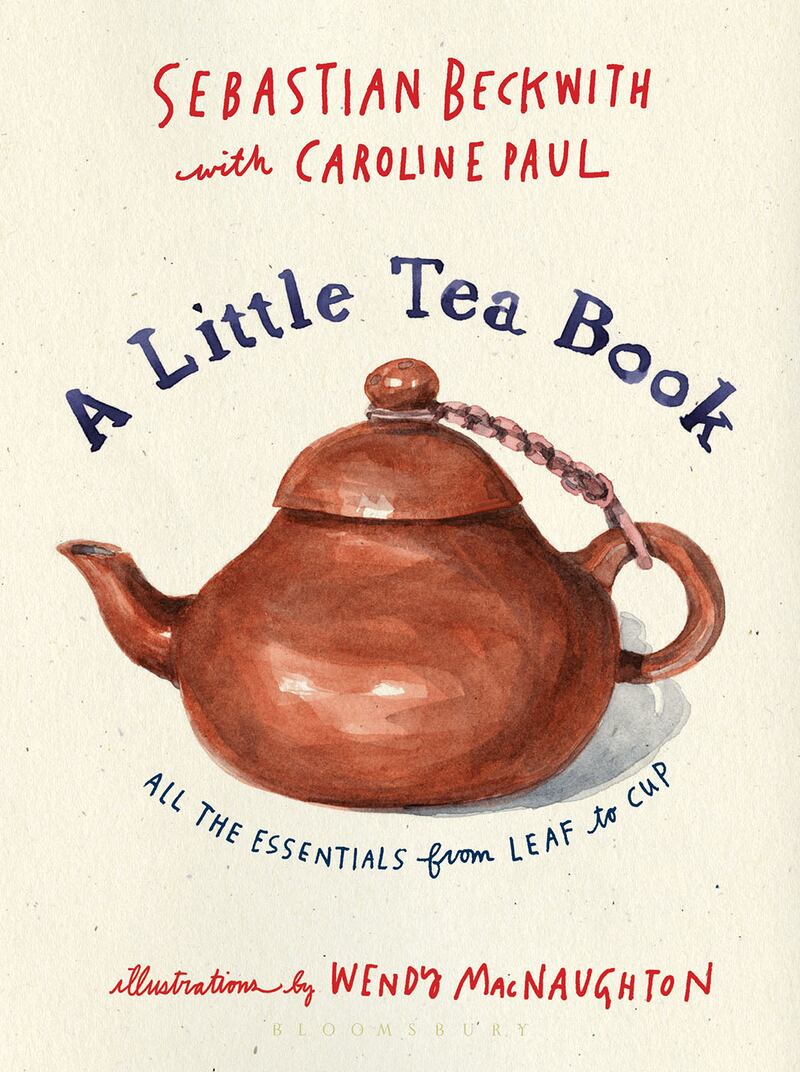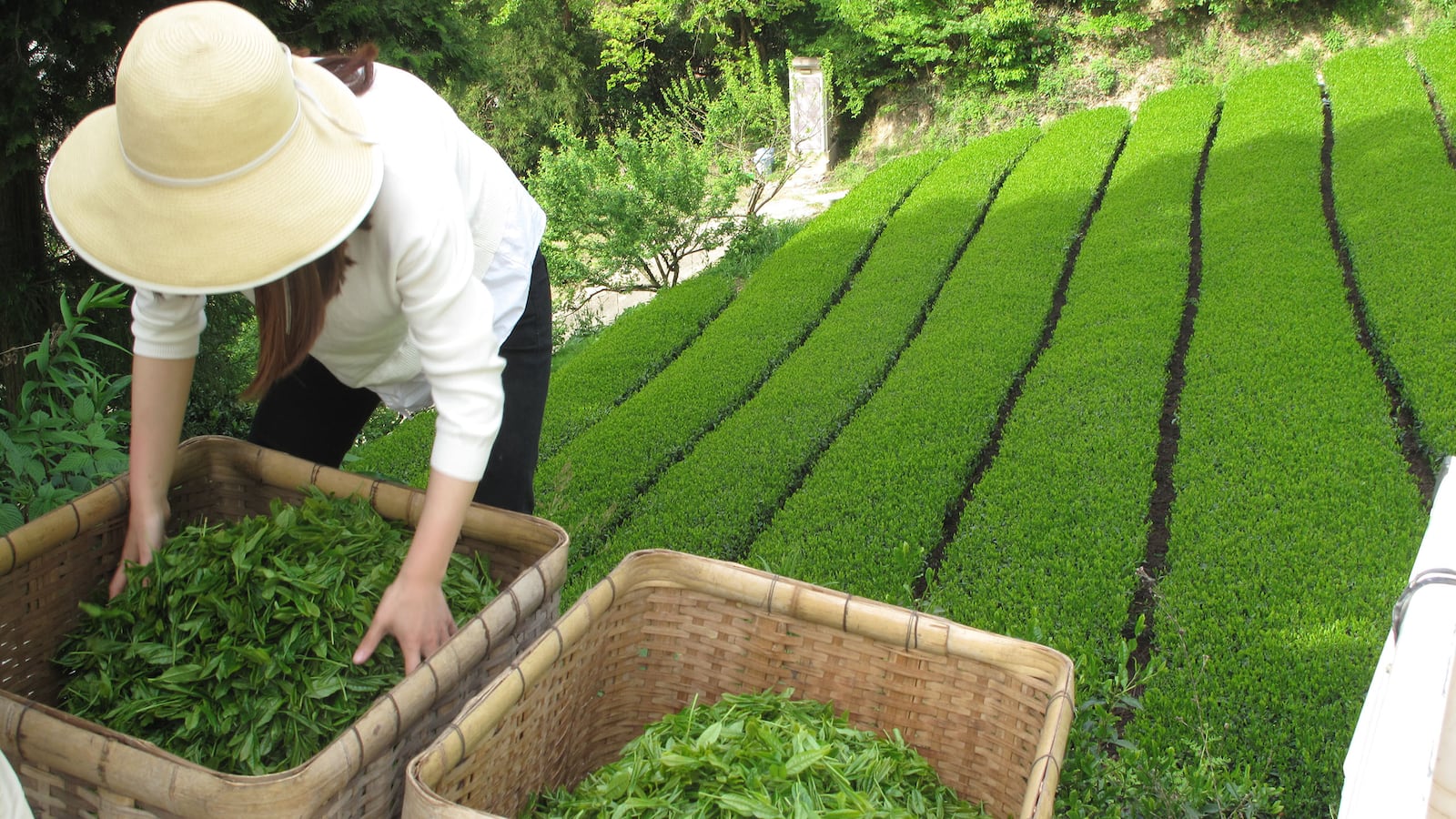All tea comes from just one plant, Camellia sinensis.
One plant! This is the first of many facts that surprise even the most enthusiastic tea drinker. There are six basic types of tea—white, green, yellow, oolong, black, and dark—and all of them originate only from the leaves of Camellia sinensis. This means that many of the beverages you’ve assumed are teas are not technically teas at all. Chamomile? Ginger Spice Licorice Heaven? Jasmine Soothing Nighty Night? They can be tasty. But they’re not tea.
You can call them tisanes (if you’re European), infusions (if you’re a tea-o-phile), herbals (if you’re Californian), or just hot drinks (if you’re me). The real stuff is made from the caffeine-containing Camellia sinensis, meaning white, green, yellow, oolong, black, and dark teas are all true teas; anything else is made from other plants. A general rule of thumb is that if there isn’t caffeine, it isn’t Camellia sinensis (unless, of course, it’s a tea that’s been decaffeinated).
To understand what ultimately ends up in our cup, let’s pluck a leaf from our tea plant, Camellia sinensis. This is the first step in the tea-making process. When the Camellia sinensis leaf is picked, oxidation begins. With tea, oxidation means that the polyphenols (chemical compounds such as tannins, flavonoids, and theaflavins) and the enzymes in the leaf react with the oxygen in the air.
Depending on the type of tea being made, this process will occur over a short or long time. For green tea, no oxidation is allowed to occur, so the leaf retains its fresh smell and vegetal flavor; black tea is as fully oxidized as possible, which accounts for its dark color.
What’s really happening to the tea leaf during processing? We now commonly use the term oxidation, but the preferred term for many years was fermentation (a direct translation of the Chinese term fajiao). In fact, the complex chemical reaction between the leaf’s enzymes and polyphenols can be more accurately described as enzymatic browning. This is a well-known concept in food science, and it is exemplified by the gradual darkening of sliced avocado or apple when exposed to air. The more general term oxidation, however, is currently widely accepted.

The order of tea categories from least to most oxidized is generally green, yellow, white, oolong, black, and dark. Other influential roles are played by air temperature, humidity, heat source, and storage time. This means things like wilting, twisting, rolling, heating, drying, resting, and fermenting the leaves all have an effect. Though oxidation is usually the prime determinant, every one of these components may have a say in what type of tea emerges at the end. Are we just picking the leaf and laying it out, doing very little except allowing some natural oxidation (white tea)? Or are we intervening by heating the leaf, then rolling it into various shapes (green tea)? Are we making green tea, but then storing it on a shelf to undergo fermentation (dark tea)?
Green Tea: When the leaf is picked and then heated almost immediately by pan-firing or steaming, oxidation is prevented. This accounts for the green tea leaf’s color, ranging from an earthy olive to a deep emerald. The leaf is then formed into a variety of shapes. The first kind of tea ever produced, this category is traditionally made in China, Japan, and Korea. Long Jing, Bi Luo Chun, sencha, matcha, and gyokuro are just a few of hundreds of distinctive green teas.
Oolong Tea: Picked and often bruised to encourage interactions between the leaf’s enzymes and polyphenols, this style is allowed to partially oxidize before undergoing shaping and heating. The shaping, which entails extensive rolling or twisting, makes oolongs more processed than white, green, and yellow teas. This type of tea requires great skill to make, and yields a wide range of flavor and fragrance. Oolongs have incredible complexity and the ability to be steeped over and over, offering nuanced flavors and aromas with each infusion. High-quality oolongs often come from regions in China (such as Wuyishan, Phoenix Mountain, and Anxi) and Taiwan (notably Nantou and Miaoli counties).
Black Tea: This type of tea likes as much oxidation as possible. First the leaf is left to wilt, losing moisture, stiffness, and weight. Then it is rolled, which encourages oxidation by breaking open cell walls. After a rest of a period of hours it is fired. This is the most widely produced style of tea, and is often what people in the West expect when asking for a “regular tea.” Assam and Darjeeling are well-known styles from northern India; Ceylon, from Sri Lanka, and Keemun, from China, are also very popular. English Breakfast falls in this category, though this is usually comprised of commercial black teas: grown in many countries, mechanically harvested and processed, and then blended for consistency.

From A Little Tea Book by Sebastian Beckwith and Caroline Paul, illustrations by Wendy MacNaughton, Copyright 2018. Used by permission of Bloomsbury Publishing.





